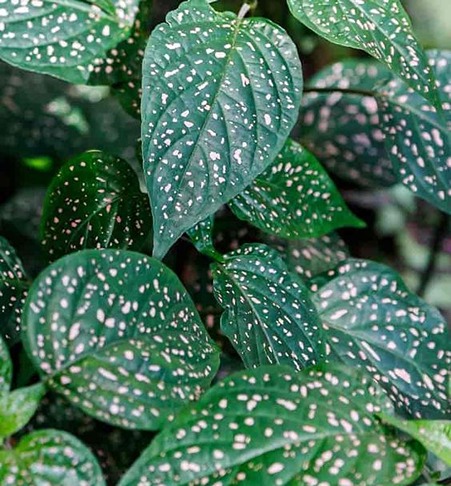How to Grow Acoma Crape Myrtle Ardently
When it comes to how to grow Acoma Crape Myrtle, a hybrid variety of the Lagerstroemia plant, there are several important considerations. The Acoma crape myrtle flower, also known as the crape (or crepe) myrtle, stands out from other varieties due to its compact growth habit, making it an ideal choice for smaller spaces. It typically reaches a maximum height of 10 to 15 feet, with a moderate growth rate of about 1 to 2 feet per year.
One notable characteristic of the Acoma crape myrtle is its remarkable longevity, with well-cared-for specimens often surviving for 50 years or more. Another distinguishing feature is that it exclusively produces beautiful white flowers.
When it comes to landscaping choices in urban or suburban settings, knowing how to grow Acoma Crape Myrtle flower is essential. This particular variety of crape myrtle, scientifically classified as a hybrid of the Lagerstroemia plant, is commonly known as the Acoma crape myrtle. With its smaller size and more shrub-like growth habit, it is well-suited for various landscaping purposes, making it an excellent option for gardens, lawns, and even commercial landscaping plans.
However, when it comes to planting and caring for the Acoma crape myrtle flower, understanding its growth habits and knowing how to grow Acoma Crape Myrtle are essential. It is important to note that pruning the top of the tree to control its height, commonly referred to as “crape murder,” is not recommended as it can lead to the tree’s demise. Therefore, before planting, it is necessary to consider the tree’s full-grown dimensions and plan accordingly to prevent any potential issues on the property.
- Common Name: Acoma crape myrtle, Acoma crepe myrtle
- Botanical Name: Lagerstroemia x ‘Acoma’
- Family: Lythraceae
- Plant Type: Tree
- Mature Size: 2-15 ft. tall, 2-10 ft. wide
- Sun Exposure: Full
- Soil Type: Well-draining
- Soil pH: Acidic, neutral
- Bloom Timing: Spring, summer
- Flower Color: White
- Hardiness Zones: 7-9 (USDA)
- Native Area: Asia, Australia

Acoma Crape Myrtle Care
Cultivating the Acoma crape myrtle flower can be a highly satisfying experience, as this shrub or small tree offers an array of desirable features. Its weeping branches, adorned with lush foliage and delicate blossoms, create a visually appealing display. This particular variety of crape myrtle, Acoma, thrives when exposed to ample sunlight, but it is remarkably adaptable to various soil conditions, making it a versatile choice for gardeners looking to know how to grow and care for Acoma crape myrtle. Additionally, the Acoma crape myrtle has relatively simple requirements for water and fertilizer, ensuring that its care is not overly demanding.
Characterized by a moderate growth rate, the Acoma crape myrtle allows for ample observation and enjoyment as it matures over time. To know how to grow and care for Acoma crape myrtle, occasional pruning of the lower branches is sufficient, promoting a well-balanced and aesthetically pleasing structure. By providing the necessary care and attention, you can witness the Acoma crape myrtle thrive and flourish in your garden or landscape.
• Light
To achieve the maximum blooming potential of crape myrtle, it is imperative to provide it with full sun exposure. Renowned for their stunning and vibrant flowers, crape myrtle plants require abundant sunlight to fully showcase their blossoming spectacle. To optimize the display of these beautiful blooms, it is recommended to ensure that your crape myrtle receives a minimum of six hours of direct sunlight each day. By meeting this sunlight requirement, you can ensure that your crape myrtle thrives and dazzles with its abundant and captivating floral showcase.
• Soil
The crape myrtle demonstrates remarkable adaptability to different types of soil conditions, such as loam, clay, or sandy soils, as long as the soil provides proper drainage. It is essential for the ground to facilitate the flow of water to prevent waterlogging and ensure the crape myrtle’s healthy growth. In terms of soil pH, these plants exhibit a preference for slightly acidic to neutral levels. However, they can still thrive in soils with a slightly alkaline pH. This versatility allows the crape myrtle to flourish in a range of soil environments, making it a resilient and adaptable choice for gardeners with varying soil compositions.
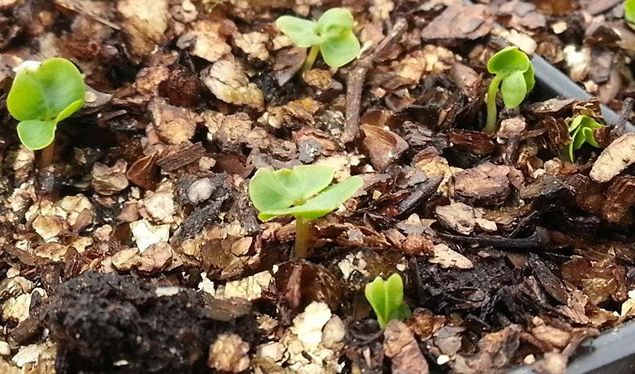
• Water
Upon initial planting, the crape myrtle necessitates consistent watering to aid its establishment. However, as the plant matures, its water requirements become more modest, thriving with approximately one inch of water per week.
Crape myrtles have demonstrated a commendable level of resilience to drought conditions. Nevertheless, it is important to note that inadequate watering during the blooming season may diminish the vibrancy of their floral exhibition. To ensure a spectacular display of flowers, it is advisable to supplement natural rainfall with regular watering if you encounter an extended period of dry weather. By providing additional hydration during drought spells, you can safeguard the production and visual impact of your crape myrtle’s blossoms, allowing them to flourish despite challenging environmental circumstances.
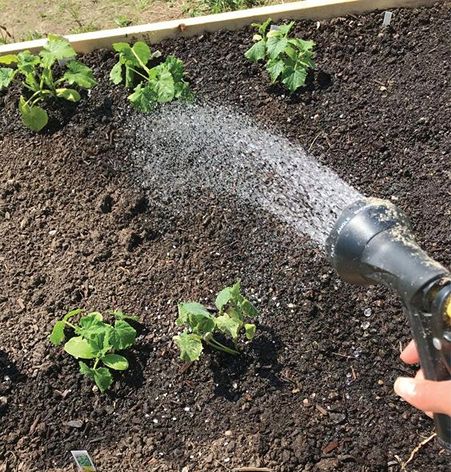
• Climate and Moisture Levels
Similar to other crape myrtle cultivars that flourish in sunny and warm environments, the Acoma crape myrtle exhibits remarkable adaptability to hot climates, showcasing its resilience in the face of high temperatures. Additionally, this variety displays a notable tolerance for both humid and drought-prone conditions.
On the lower end of the temperature spectrum, the Acoma crape myrtle proves its hardiness by thriving in USDA zones 7 to 9. With the ability to withstand temperatures as low as approximately zero degrees Fahrenheit, this resilient plant showcases its capability to endure colder climates successfully.
• Fertilizer the Plant
To ensure optimal blooming, it may be necessary to provide fertilization for your crape myrtle. While these plants possess adaptability to thrive in soils with low nutrient levels, they do require an adequate supply of nitrogen to support the production of blooms.
In cases where your soil lacks essential nutrients, it is advisable to consider fertilizing your Acoma crape myrtle with a balanced formula, such as an 8-8-8 or 10-10-10 blend. This type of fertilizer can be applied at the beginning of the growing season, ideally after a rainfall or followed by sufficient watering.
While the right amount of fertilizer can enhance the performance of your crape myrtle, it is crucial to exercise caution in order to avoid over-fertilization. Supplying an excessive amount of nutrients can have adverse effects, leading to excessive foliage growth and a reduction in the number of blossoms. Therefore, it is essential to strike the right balance and ensure a moderate application of fertilizer to maintain the health and blooming potential of your crape myrtle.
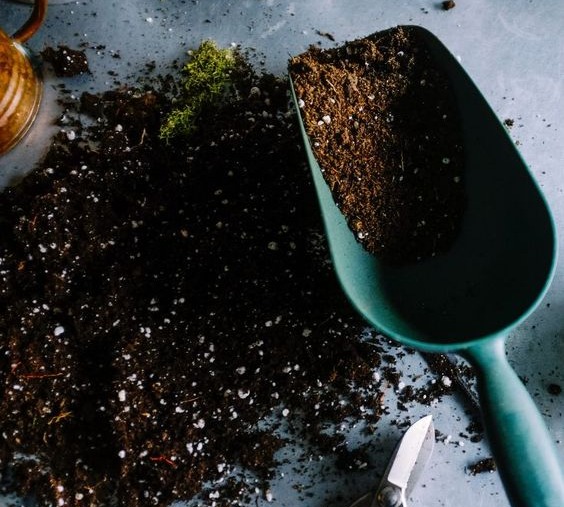
Types of Acoma Crape Myrtle
Among the numerous species within the crape myrtle genus, the Acoma crape myrtle stands as just one representative. When purchasing a crape myrtle from a nursery, it is important to note that you will invariably acquire a cultivar or hybrid, although this distinction may not be explicitly mentioned on the label, which typically reads “crape myrtle.” It is worth mentioning that several captivating varieties of crape myrtle trees showcase blooms in hues beyond white, and they also exhibit variations in form and size. Presented below are a few examples of crape myrtle types:
- The ‘Apalachee’ cultivar is adorned with beautiful lavender flowers and reaches a height of 15 feet, showcasing its enchanting appeal.

- The following crape myrtle varieties present stunning red flowers: ‘Cherokee’, ‘Dynamite’, ‘Red Rocket’, and ‘Cheyenne’.

- For those seeking pink blooms, ‘Seminole’ and ‘Choctaw’ are excellent choices.

- ‘Tuscarora’ displays vibrant watermelon pink blossoms that transition to a striking orange fall color. This variety can grow up to 23 feet in height.
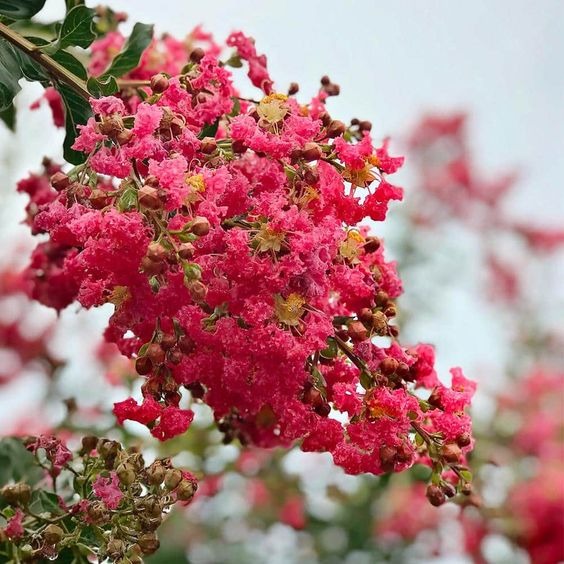
- If you prefer purple blooms, ‘Catawba’ is a remarkable option, reaching a height and width of 10 to 15 feet.
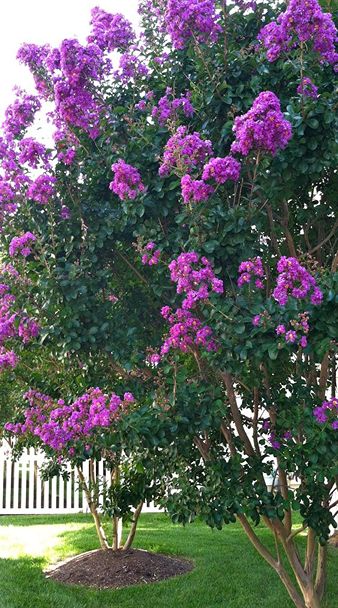
- ‘Muskogee’ exhibits elegant lavender-blue flowers and features light gray bark. This variety can reach a height and width of 22 to 25 feet.
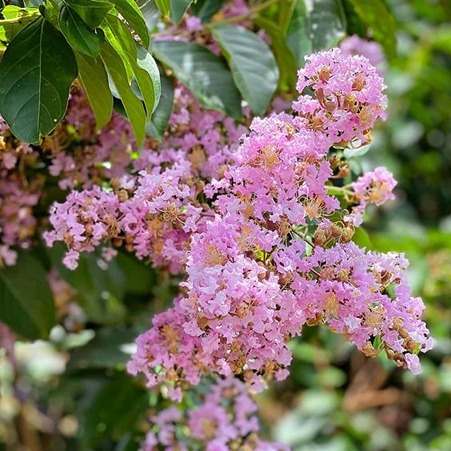
How to Prune
To maintain the appealing shape of your Acoma crape myrtle, it is recommended to engage in light pruning, ideally in the spring before the branches become adorned with lush foliage.
Given the petite nature of this hybrid variety, extensive pruning to control its height is typically unnecessary. However, you may choose to remove low-hanging branches to showcase the attractive smooth bark, which features a captivating red-and-white coloration.
Encouraging increased branching can be achieved by pinching off new growth. This technique stimulates the crape myrtle to grow in a fuller and bushier manner, rather than focusing on vertical growth. Additionally, it is beneficial to remove spent blossoms to support ongoing flowering and ensure a continuous display of blooms.
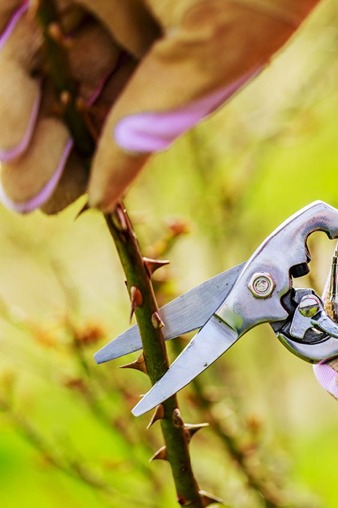
How to propagate
Propagation of the Acoma crape myrtle can be effectively achieved through various methods, with cuttings being the most successful approach. Soft or hardwood cuttings, as well as root cuttings, can be utilized for this purpose.
Use clean scissors or garden shears to carefully remove either hardwood or softwood cuttings. Hardwood cuttings should measure approximately 8 inches in length. It is advisable to take hardwood cuttings when the tree enters its dormant phase, which typically occurs in late fall. On the other hand, softwood cuttings are obtained during the spring or summer and should be about 6 inches long, with several nodes present.
Plant the cutting in a container filled with high-quality potting soil, ensuring that around 1 inch of the cutting remains above the soil line.
Maintain adequate soil moisture by watering the cutting appropriately. Place the container in a well-lit location that receives ample sunlight. Softwood cuttings tend to exhibit new growth within approximately a month. However, it is important to note that hardwood cuttings will show slower growth and should not be ready for planting until summer arrives.
Once the cutting has successfully taken root and displays signs of new growth, it is ready to be transplanted. Ensure generous watering of the newly propagated plant and position it in a location that receives abundant light. By following these steps, you can increase the chances of successful propagation and the healthy development of your new Acoma crape myrtle plant.
How to Grow From Seed
By autumn, it is recommended to ensure that the crape myrtle seed pods, which have a size comparable to that of a marble, have completely dried out while still attached to the tree. To collect the seeds, gently squeeze them out of the pods. Store the collected seeds in a glass jar and keep them tucked away in a cool and dry place throughout the winter months.
When spring arrives, select quart-size pots and fill them with a mixture of potting soil and seed-starting mix. Ensure the soil is moist but not overly wet. Plant two seeds in each pot burying them approximately 1 inch deep. Place the pots near a sunny window and allow the seeds around three weeks to germinate. To retain moisture and prevent the soil from drying out, you can cover the pots with a plastic bag. Water the soil if it appears dry.
Once the seedling reaches a height of 2 or 3 inches, remove the plastic bag. During the next four to six weeks, maintain the soil’s moisture levels by keeping it damp. Continue this until the plant reaches a height of approximately 1 foot. At this stage, transfer the pot outdoors to an area that receives some sunlight but offers ample shade during the afternoon. Allow the seedling to acclimate to the outdoor environment until midsummer.
By midsummer, when the seedling is ready, plant it in well-drained soil. Choose a location that provides suitable drainage for the crape myrtle. With proper care and attention, the young and robust seedling will be on its way to flourishing as a beautiful crape myrtle plant.
Winter Protection
Once a crape myrtle has successfully established itself, it will endure the winter season without significant issues. For smaller trees, it is advisable to offer additional protection by applying a layer of mulch around the base. This mulch should be a few inches thick and should be spread carefully, ensuring that it does not come into direct contact with the tree trunk. By doing so, the roots of the crape myrtle will be shielded from harsh winter conditions.
In regions with extremely cold climates, further precautions can be taken to safeguard the tree. One effective method involves using a staked burlap sack, which can be wrapped around the base of the tree. This burlap sack acts as insulation, protecting the crape myrtle from the potential damage caused by heavy snow and freezing sleet.
By employing these measures, you can provide the necessary winter protection for your crape myrtle, ensuring its well-being throughout the colder months.
Plant Diseases
Although crape myrtle flower trees commonly face issues with powdery mildew, one of the notable advantages of the Acoma hybrid variety is its heightened resistance to this fungal infection. Nonetheless, Acoma trees are not entirely immune to infestations by aphids. While aphid infestations can lead to the development of mold, they do not pose a significant threat or cause substantial damage to the tree.
The increased resistance to powdery mildew exhibited by the Acoma crape myrtle flower makes it less susceptible to this particular fungus, providing an advantage over other varieties. However, it is important to remain vigilant and monitor the tree for any signs of aphid infestation, as these pests can still pose a potential nuisance. While the presence of aphids may result in the growth of mold, it is not typically a severe issue that would cause significant harm to the overall health of the tree.

How to Get Bloom
All crape myrtle varieties share a desire to produce abundant blooms, so when these beautiful plants fail to display colorful flowers, it becomes a concern. One possible reason for the absence of blooms is crowded branches. To address this issue, it is advisable to prune out the longer branches, allowing more sunlight to penetrate the inner areas of the tree. However, it is important to avoid pruning too late in the season since the tree requires new wood for blooming.
Adequate sunlight is crucial for the crape myrtle to bloom effectively. Therefore, it is essential to ensure that there are no neighboring trees or structures that cast shade on the tree, hindering its exposure to generous sunlight.
When a crape myrtle is not blooming, the temptation may arise to add more fertilizer. However, excessive fertilization can actually result in fewer blooms. The surplus nutrients stimulate foliage growth rather than flower production, particularly if there is an excessive supply of nitrogen. To encourage blooming, it is recommended to provide the tree with sufficient phosphorus. Sprinkling bone meal at the base of the tree can also aid in this regard.
By addressing issues related to branch crowding, sunlight availability, and proper nutrient balance, you can enhance the blooming potential of your crape myrtle, ensuring a vibrant and colorful display.
Common Problems
Acoma crape myrtle trees are generally resilient and encounter minimal issues. However, it is still essential to remain vigilant and watch out for the following problems. It is important to note that even if the tree displays signs of browning, it does not necessarily indicate an imminent threat of death to the tree.
Brown Leaves
When the leaves of a crape myrtle tree turn brown, it can indicate two different conditions: drought or overwatering. Browning leaves may suggest that the tree is not receiving adequate water, leading to drought stress. On the other hand, overwatering can also cause the leaves to turn brown. It is important to find the right balance in watering to ensure the tree’s optimal health.
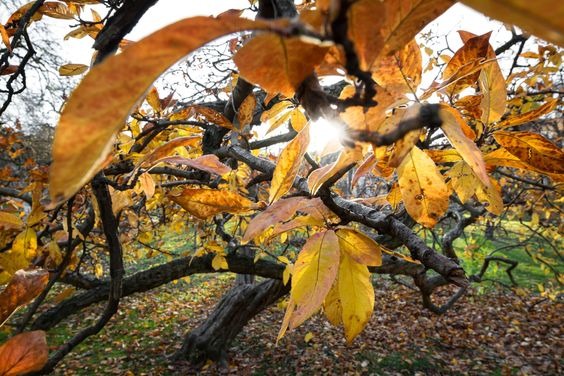
Spotted Leaves
The presence of brown spots on the leaves of crape myrtle flower trees can be a sign of Cercospora leaf spot disease, caused by a fungus known as Cercospora lythracearum. To address this issue, it is recommended to carefully prune and remove the affected areas of the leaves. This pruning not only helps in removing the diseased parts but also encourages improved air circulation around the tree, which can hinder the spread of the fungus.
It is worth noting that certain crape myrtle varieties have been selectively bred to exhibit enhanced resistance to diseases like Cercospora leaf spot. By selecting and planting these disease-resistant varieties, you can minimize the risk of leaf spot infections and maintain the health and vigor of your crape myrtle tree.
